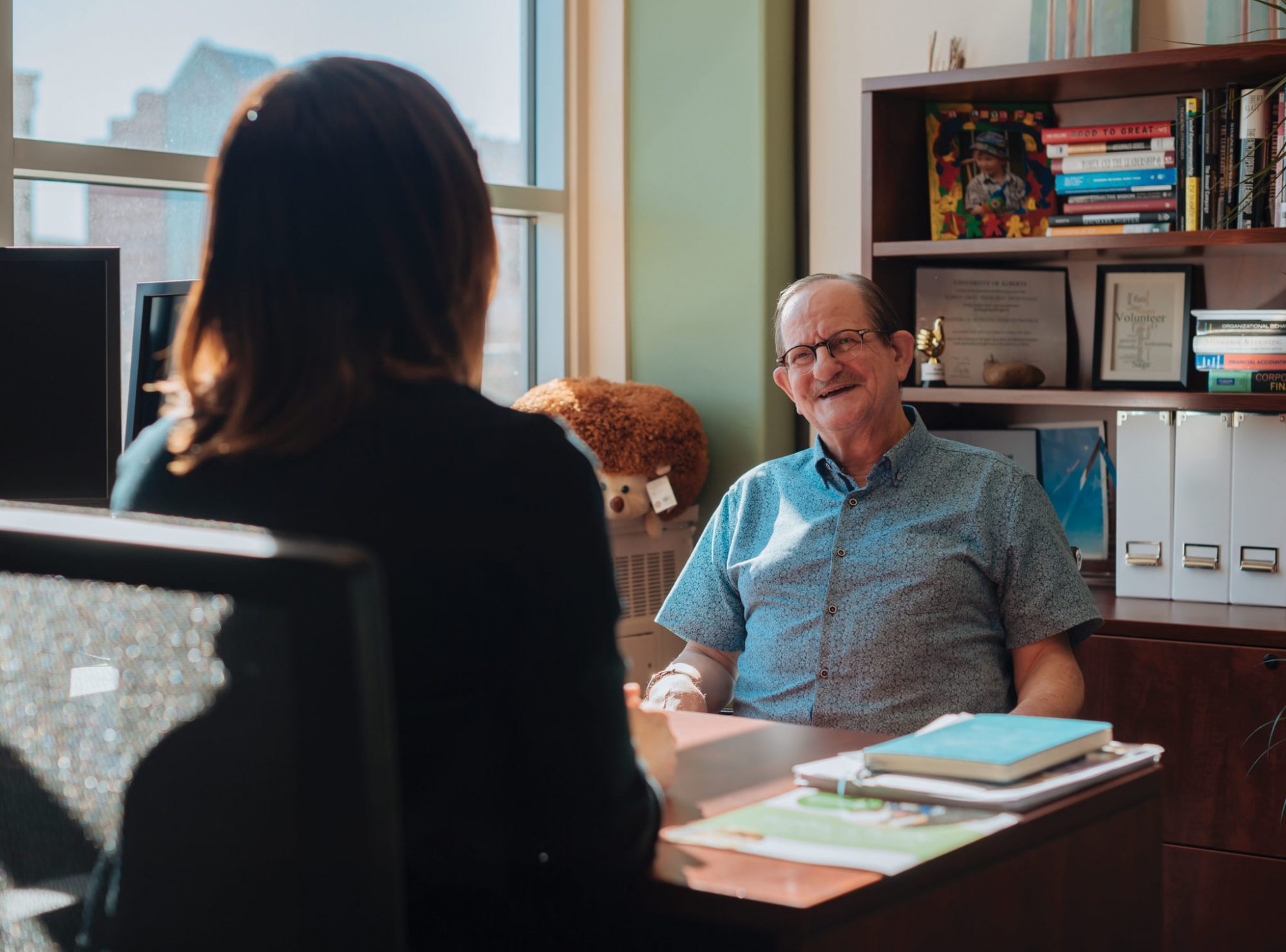According to Karen McDonald, a Top 40 Under 40 alumna and executive director of Sage Seniors Association, by 2025 one in five Albertans will be over the age of 65.
That means a large grey wave is coming; care providers and social-services agencies will need better tools to predict where they’ll be needed.
“We want to be an age-friendly city, and that means a city that’s welcoming and accessible to people of all ages,” she says.
And that’s why Sage, located across 100th Street from Churchill Square, is piloting initiatives that should help equip caregivers of tomorrow with the information they need to have programs ready to deal with an aging population.
“What are the social indicators of health?” asks Reg Joseph, CEO of the Health City initiative and president of Sage’s board of directors.
Sage is compiling data on the individuals it serves and over 20 years of provincial social services information in order to create a model that will help determine where it needs to focus its efforts. Preventative health and wellness initiatives can be better planned.
For example, McDonald and the Sage staff are already aware that they can expect five to seven per cent of the seniors who visit the centre for services to have issues with hoarding.
And, in March of 2018, Sage opened its own health-services program, staffed by nurse practitioners who can examine patients and prescribe medications. Already, more than 160 patients are “rostered,” which means they come to the centre as their source of primary care.
Sage, though, can do a full intake. Not only can the nurses check up on bad bruises, but they can investigate the causes.
“It’s the full spectrum of primary care, but it’s more complex,” says nurse practitioner Lily Lo. “We deal with lots of social issues; substance abuse, physical abuse, homelessness.”
Because the clinic is staffed by salaried staff who don’t bill per visit, the patients can be seen for more than one condition at a time. As McDonald explained, traditionally if a patient visits a medical clinic, that patient is limited to one ailment per visit — because that’s the way the system is built.
